PRESTO PLANS
Sent straight to your inbox
CLICK HERE TO ACCESS
Sign up to receive 10 ready-to-use ELA resources your students will love!
10 FREE ELA RESOURCES
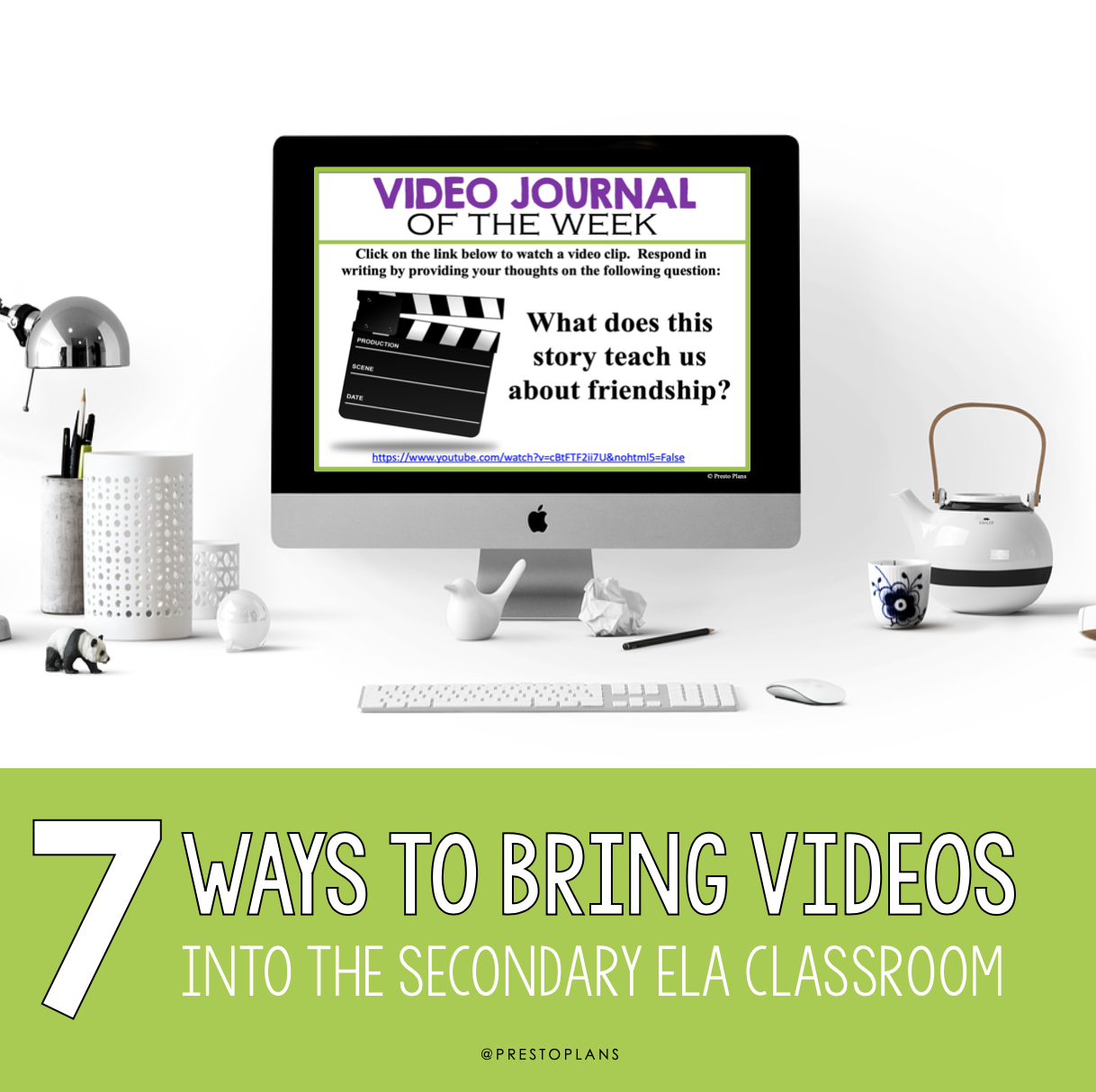
7 Ways to Bring Videos into Secondary ELA
Teenagers are constantly consuming online content through videos, whether on YouTube, TikTok, Instagram, Facebook, or elsewhere. For most of our students, videos are a natural part of their daily routine. There are plenty of ways that we as English Language Arts teachers can use this to our benefit. Bringing videos into your classroom is a good way to meet students where they are and to develop important ELA skills, from reading and writing to thinking critically about the credibility of the sources we interact with on a day-to-day basis. Here are 7 ways to bring videos into secondary ELA.
1. Video Journal Writing Prompts
The idea of incorporating videos into my ELA lesson plan came after an interaction I had with one of my grade 10 students. The student sauntered into class, took a couple of bites out of his chocolate bar, and then threw the rest of it in the trash. I couldn’t believe it. I mean, who throws out a perfectly good chocolate bar?! The incident prompted me to ask the student if there was something wrong with the chocolate bar. He responded with “No, I was just full.”
This interaction reminded me of a video I had seen years ago about cocoa bean farmers from West Africa who had never tasted chocolate before. I brought the video up on the screen and the class was immediately engaged. I asked students to respond to the video in writing for 10 minutes. The class was silent, and everyone was writing. The class discussion we had afterward was incredibly productive.
Through this spontaneous “teaching moment,” I had inadvertently engaged my students in what would become, from that day forward, a staple of my lesson plan, video journal writing prompts.
Video journal writing prompts are short videos with related prompts for students to respond to in writing. For these, I try to keep the video short (ideally under 5 minutes). I also give students the prompt ahead of playing the video. This way, they can ponder on the idea while they watch.
Video journals have been super effective in my classroom. Not only are they an easy way to get students writing regularly, but they also provide a bank of the students’ writing from which we can draw on for improving their writing throughout the semester. 
2. Examining Credible Sources
During the run of a day, our students encounter a lot of information on social media and other online sources that might not necessarily be accurate or reliable. It can sometimes be hard for students to understand the difference between what is and what is not a strong, credible source. Just because something looks credible, it doesn’t necessarily mean it is. I like to use video to illustrate this point.
I begin my lesson on identifying credible sources with a video from the BBC that explains how spaghetti is harvested from spaghetti trees. Although the video looks real, it’s totally a hoax and was aired as an April Fool’s Day prank in 1957. You can check it out for yourself by here—it’s quite amusing to watch!
This video becomes a springboard for a wider conversation about the content that students are consuming. It leads to discussions on credible news sources, clickbait articles, and how they discern what is truth and what is fiction. I use this as a lead in to having students find and analyze two websites that they would consider credible and not credible.
3. Hooking Students into Novel Projects
Videos can also be used in the secondary ELA classroom as a tool for hooking students into projects and class activities. Instead of simply giving students a written handout, you can use videos that explain the instructions, create a narrative backstory, and build more excitement surrounding the assignment. Using video in this way provokes students to become further invested in their work. This added level of engagement produces better end results.
I like to use videos when assigning book report projects to my students, for example. I created alternative projects to the classic reading response projects and the talented John Spencer hand-drew videos to introduce the projects to students to give them more choice and creativity. You can see what some of the videos look like by clicking here.
4. Discussion or Debate Prompts
Have you seen the video that was being shared around a few years ago called The Millennial Question by Simon Sinek? If you haven’t seen it yet, it is definitely worth a watch. Sinek makes powerful arguments about challenges faced by many millennials entering the workforce today. It’s a thought-provoking and poignant video. It also lends itself well to active discussion and debate in the classroom.
Another way that you can use videos in secondary ELA is as discussion or debate prompts. Get your students to watch a short but thought-provoking video, like Sinek’s video mentioned above. Then, have them discuss—and perhaps even engage in a friendly debate about—what they watched in groups. You can provide discussion cards with hot-topic quotes from the video to elicit meaningful discussion.
Here’s an example of a powerful statement from Sinek’s video that you can use to provoke discussion about the video:
So when significant stress begins to show up in [people’s] lives, they’re not turning to a person, they’re turning to a device, they’re turning to social media, they’re turning to these things which offer temporary relief.
When I do this millennials in the workplace video discussion activity with students, I provide 11 other discussion prompts like the one above. I conclude the activity by getting students to write a one-page reflection based on one of them.
5. Making Connections to Nonfiction
Nowadays, we have immediate access to high-quality videos that relate to just about anything. We can use this to our advantage in the secondary ELA classroom by watching videos that connect to the material that we are reading in class. I find the use of videos to be an effective way to get students to make text-to-self connections to nonfiction texts in particular.
Whenever I include a nonfiction element into a lesson, I always try to incorporate a short video to support the content or provide an alternate viewpoint. It will immediately grab your students’ attention, provide more information on the topic of discussion, and lead to more questions or discussion.
I wanted to incorporate more nonfiction into my classroom, so I created a full-year program that integrated videos into every nonfiction topic called the Nonfiction Article of the Week Program. Try a free lesson from the program by clicking below!
6. Literary Devices
You can also use videos to help your secondary ELA students develop a stronger understanding of literary devices. This can even be incorporated into your weekly routine. Give your students a literary term of the week accompanied by a video with a modern example of its use in music lyrics, TV, movies, etc.
Then, get students to complete a response sheet with questions that prompt them to demonstrate and solidify their understanding of the term. Here are a few that you can use with your class:
- Anthropomorphism: Anthropomorphism occurs when a human quality, emotion, or ambition is given to a non-human object or being. For anthropomorphism, you can show students a clip from the movie Alice in Wonderland.
- Allusion: Allusion is a figure of speech where the author refers to a subject matter such as a person, place, event, or literary work in a passing reference. It is up to the reader to make a connection to the subject being mentioned. For this one, you can show students the video for the song Love Story by Taylor Swift, which alludes to Shakespeare’s Romeo and Juliet.
- Archetype: An archetype is a concept, person, or object that has served as a universally understood prototype of its kind. Archetypes are immediately identifiable and can be overused. You can show students the trailer for the show Glee for this one, which exhibits a number of high school archetypes!
7. TED Talks
My final suggestion for incorporating videos into your secondary ELA classroom is to show your students TED Talks. TED Talks are a great tool for teachers because they present compelling ideas and information in an easily digestible format.
However, there are so many TED Talks out there. It can be a bit overwhelming to try and find the right, student-friendly video for your classroom. TED-Ed (TED’s youth and education initiative) is directed towards students and teachers for this reason. They have a blog with “9 TED Talks recommended by students, for students” with some fantastic suggestions.
I will leave you with one of my favorite TedTalks, Angela Lee Duckworth’s talk on “Grit: The Power of Passion and Perseverance.” Duckworth’s research, informed by her experiences as a seventh-grade teacher, focuses on the importance of grit over things like IQ and talent for determining success. She also talks about the importance of having a growth mindset, which I talk about at length in the context of the ELA classroom in another post.
There you have it! I hope you find these suggestions useful. You can grab each of the ready-to-use resources mentioned in this post by clicking the images below. For more teaching tips and strategies, click here!

Search the blog for what you are teaching
GIVEAWAYS
sent straight to your inbox!
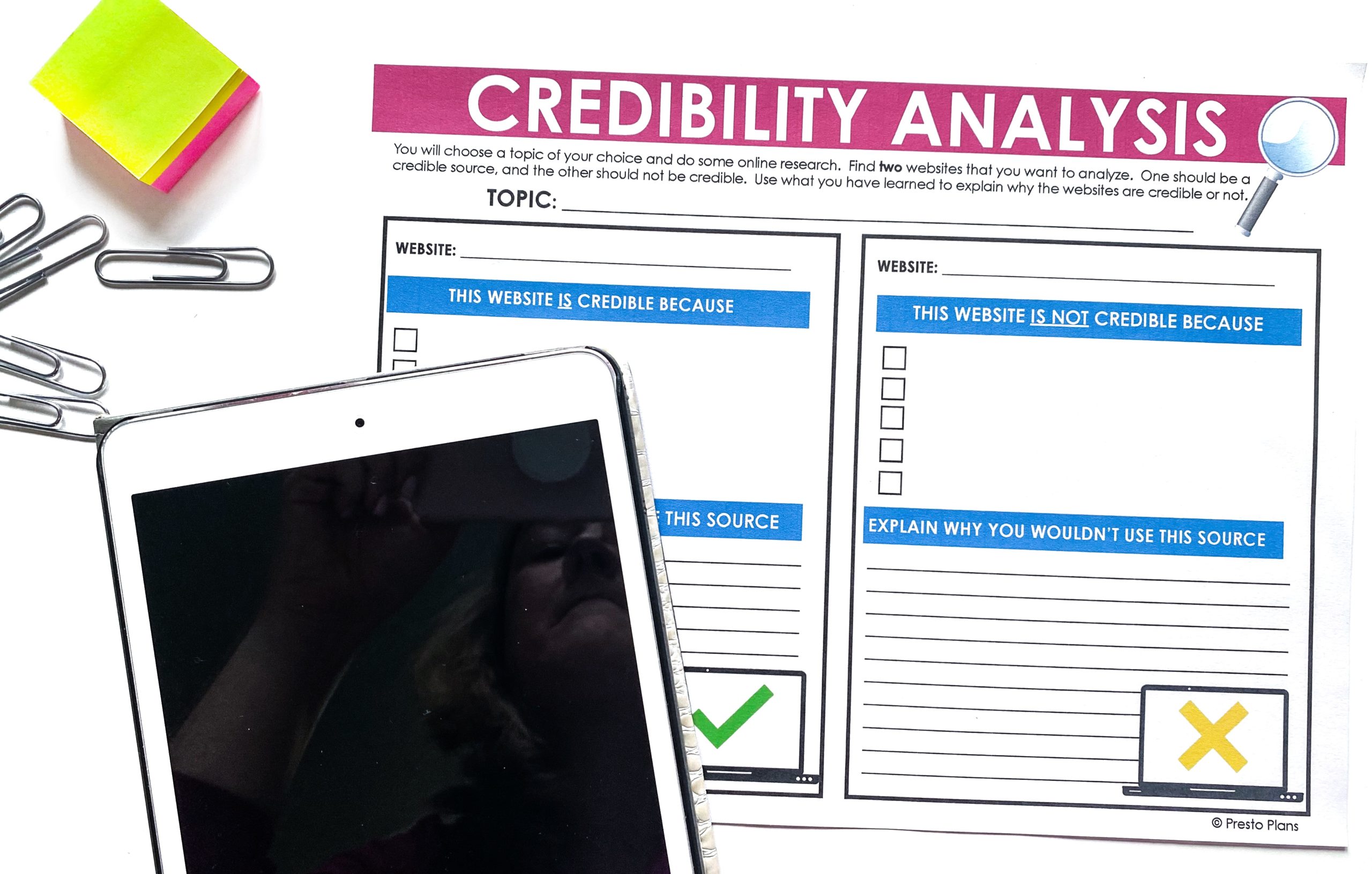
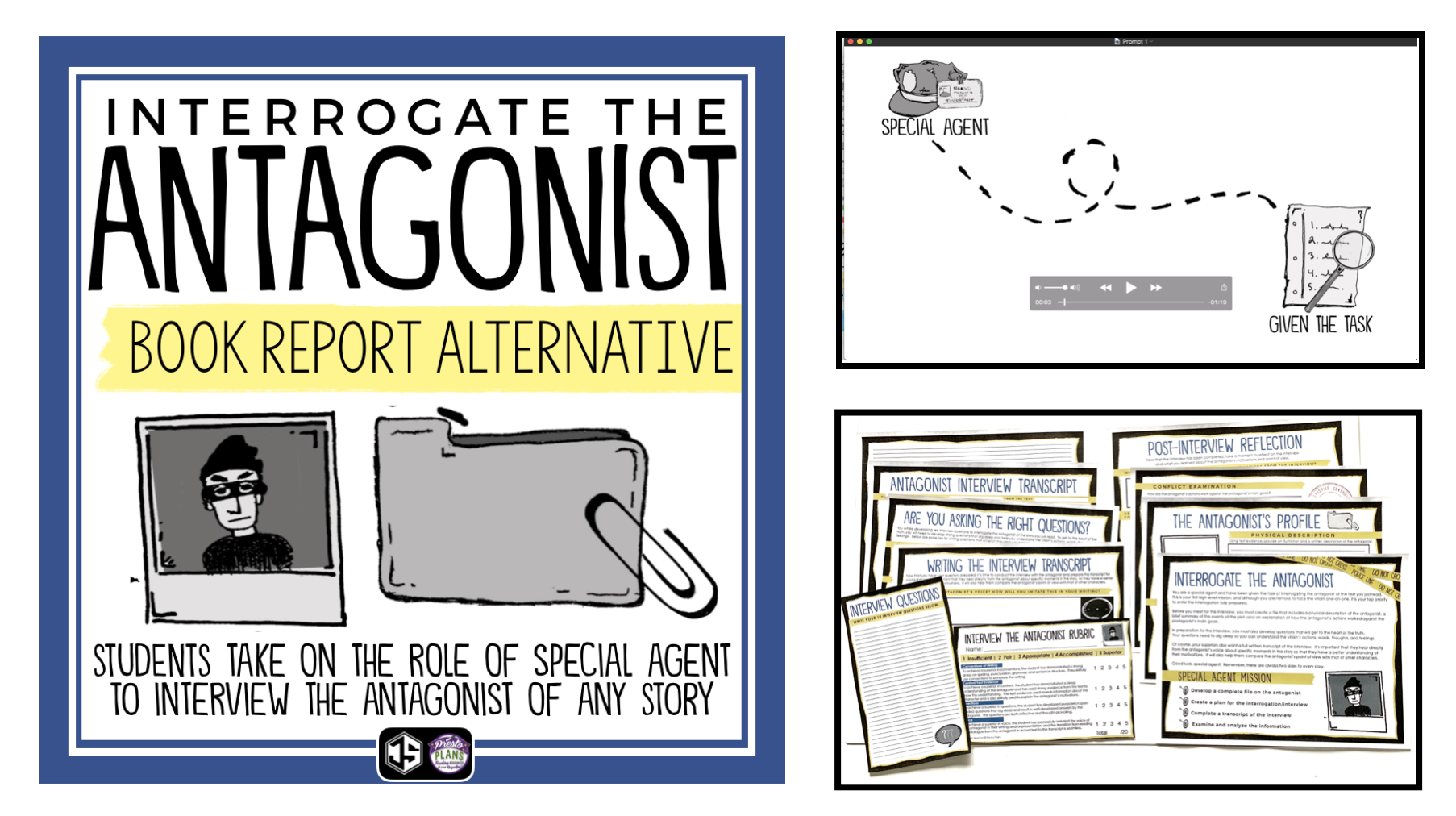
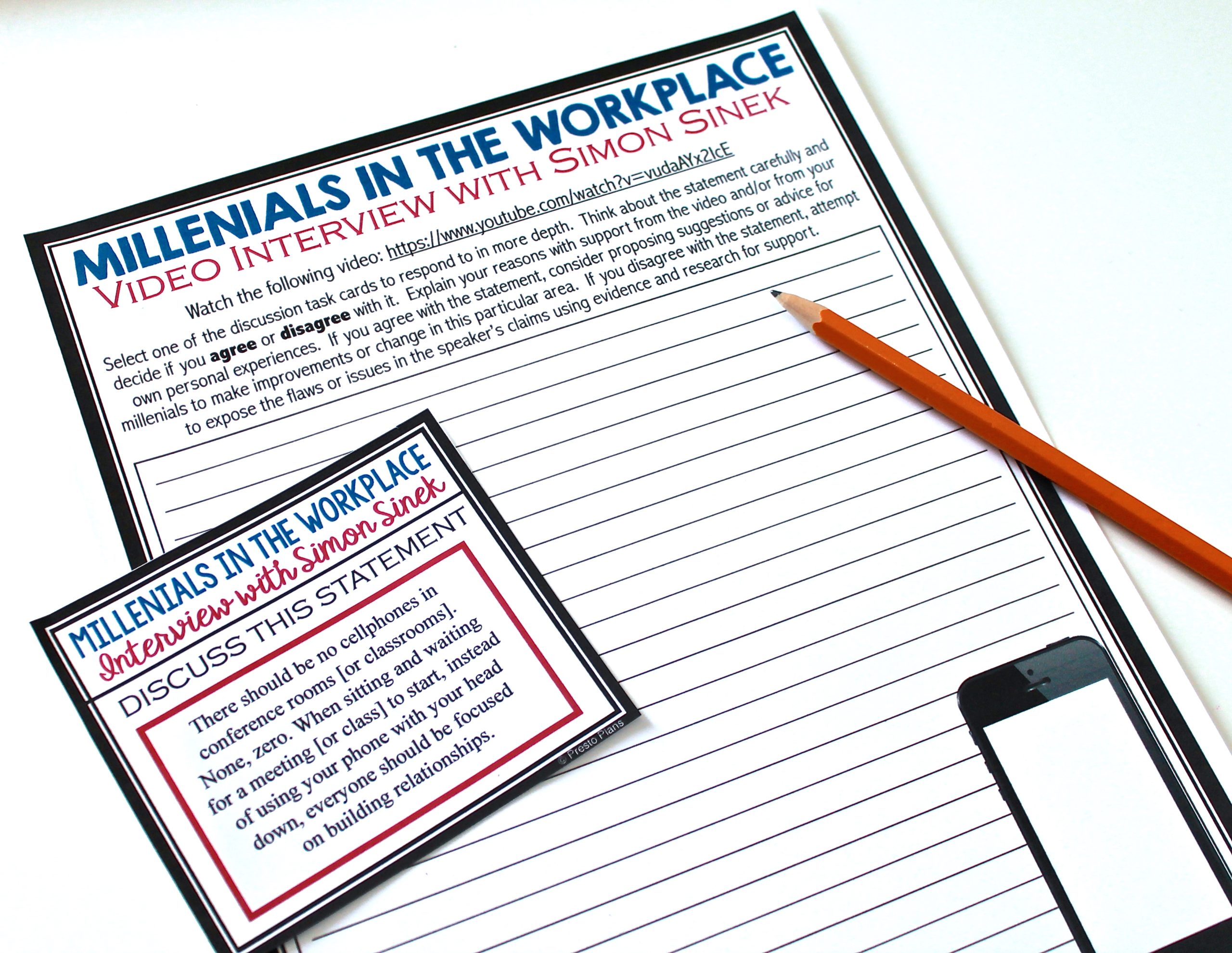

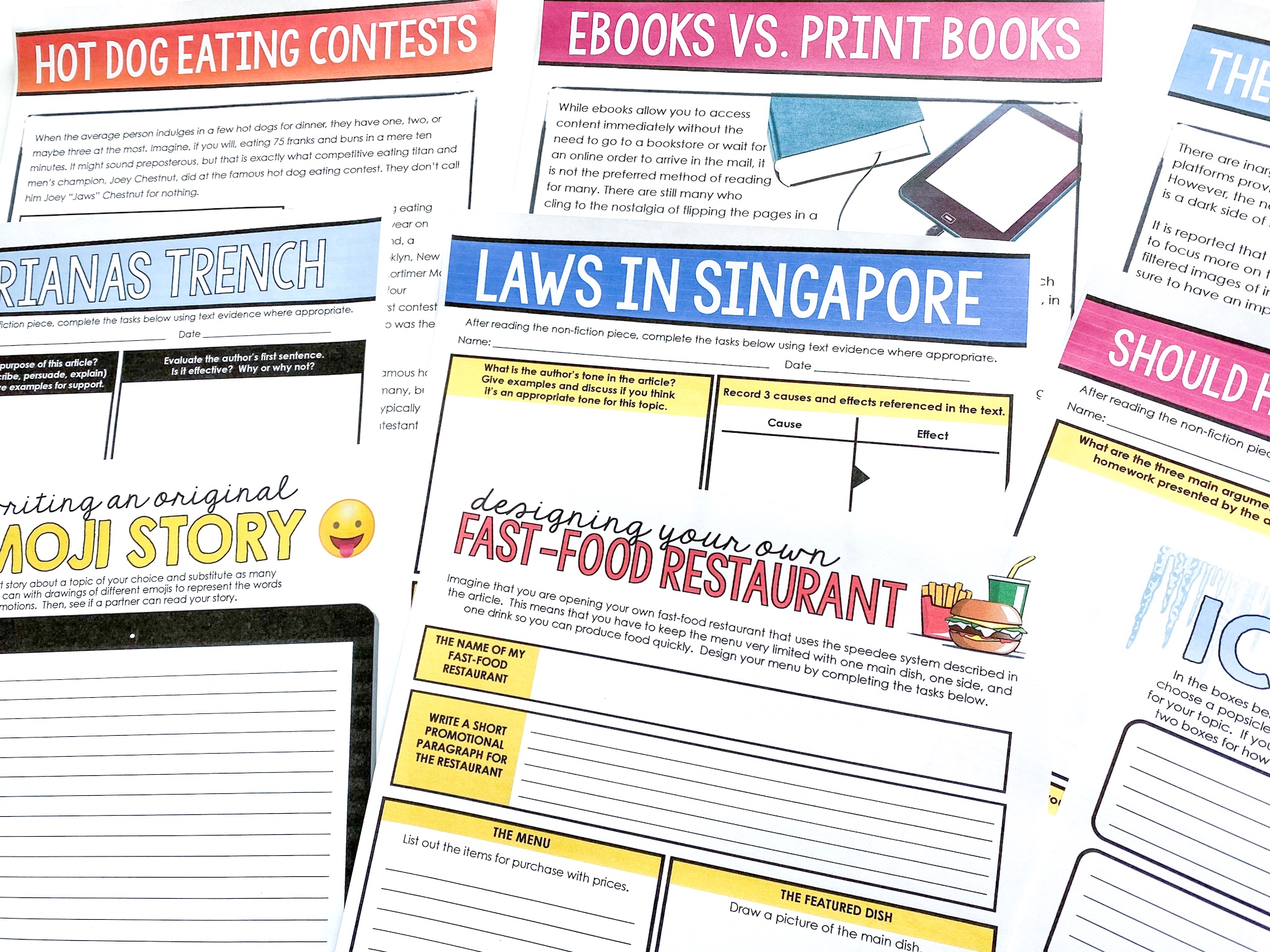
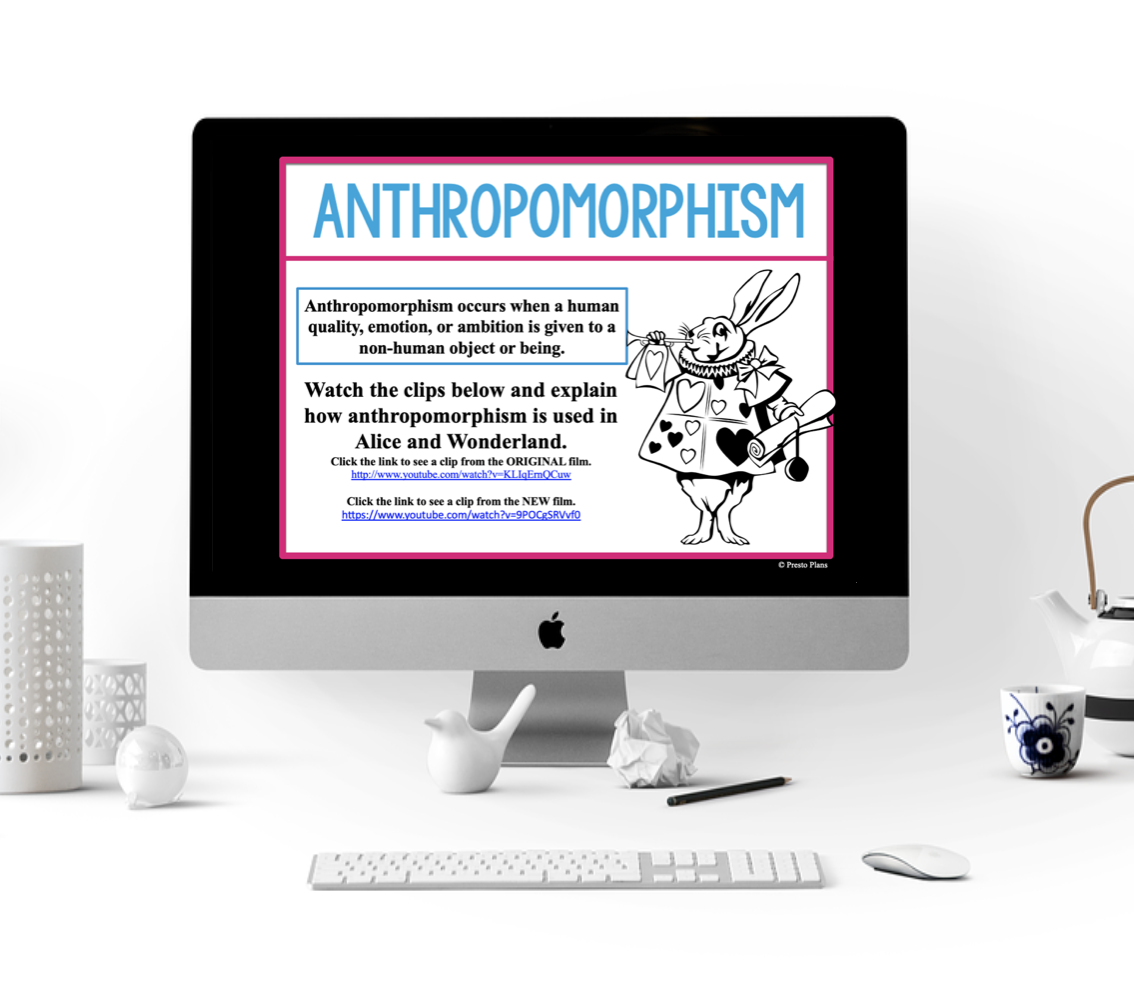






share this post